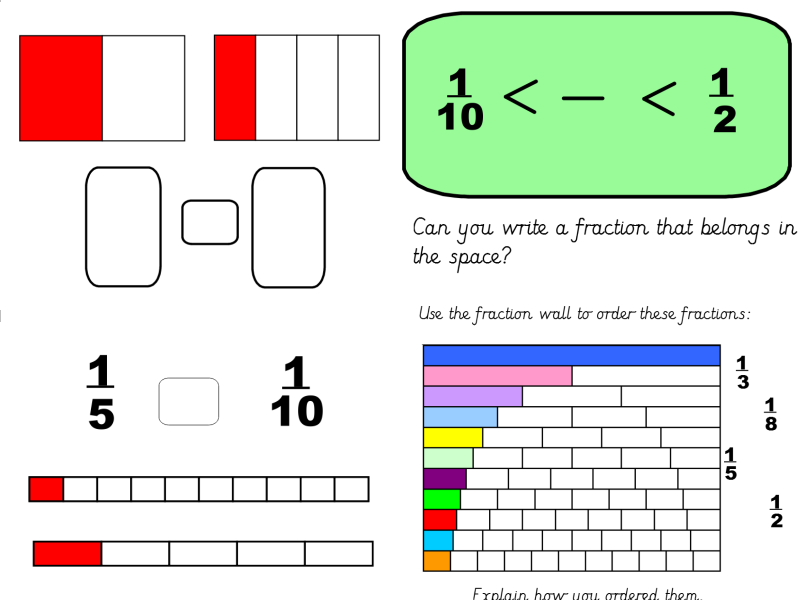'In Module 3, students’ understanding of addition and subtraction of fractions extends from earlier work with fraction equivalence and decimals. This module marks a significant shift away from the elementary grades’ centrality of base ten units to the study and use of the full set of fractional units from Grade 5 forward, especially as applied to algebra.' Free math problem solver answers your algebra, geometry, trigonometry, calculus, and statistics homework questions with step-by-step explanations, just like a math tutor.
Multiplying Fractions and Mixed Numbers
Numbers And Operations Fractions

When we ask, 'What is 4/5 of 55?' or 'What is 1/6 of 18/5?', we are really asking, 'What is 4/5 times 55?' and 'What is 1/6 times 18/5?'. When dealing with fractions, the word 'of' indicates multiplication. So how does one multiply fractions?
The first step in multiplying fractions is to change all mixed numbers into improper fractions (See Converting Mixed Fractions.For example, 2 2/3 becomes 8/3. Converting mixed numbers into improper fractions makes them easier tomultiply.
To multiply two (proper or improper) fractions, multiply their numerators together and then multiply their denominators together--these two numbers will be the numerator and the denominator of the new fraction. For example,
because 8×2 = 16
Operations With Fractions Practice Pdf
and 3×7 = 21.Canceling Out
If the numerator and the denominator have a common factor, we can divide by the common factor to reduce the fraction to lowest terms and make the multiplication easier to carry out. Since the numerators of the fractions we are multiplying become a single numerator and the denominators become a single denominator, we can also cancel out factors of the numerator of one fraction with factors of the denominator of the other. For example,
Note that, in the second step, the '3' in the numerator and the '9' in the denominator reduced to a '1' in the numerator and a '3' in the denominator.
Dividing Fractions
To divide fractions, we must again change all mixed numbers into improper fractions. Then we note that since multiplication and division are inverses of each other, multiplying by 4 is the same as dividing by 1/4. Similarly, dividing by a fraction is the same as multiplying by its inverse. To find the inverse of a fraction, switch the numerator and the denominator. If the fraction is a whole number, then it can be written as the whole number over 1, and its inverse is 1 over the whole number. Thus, to divide by a fraction, multiply by its inverse.
For instance, (1 1/3) / (1 3/5) = (4/3)/(8/5) = (4/3)×(5/8) = 20/24 = 5/6
Math 7 > Unit 5 - Operations with Fractions > Unit 5 - Operations with Fractions
| ||||||||||||||||||||||||||||||||||||||||||||||||||||||||||||||||||||||||||||||||||||||||||||||||||||||||||||||||||